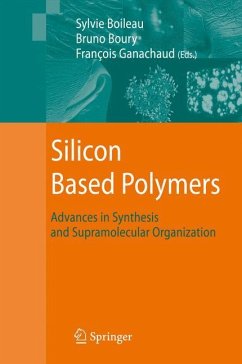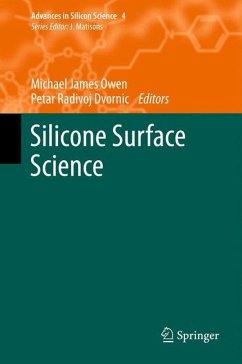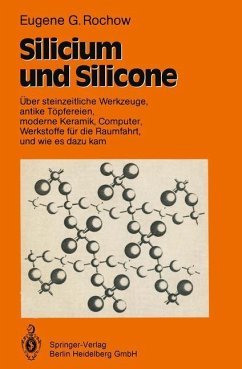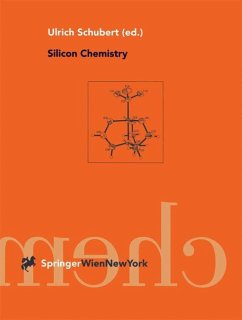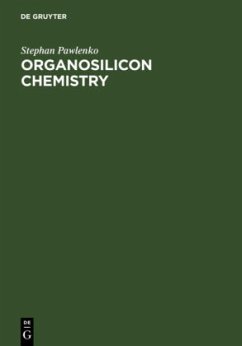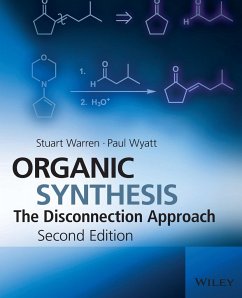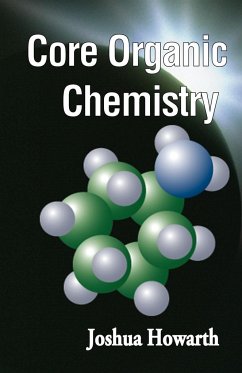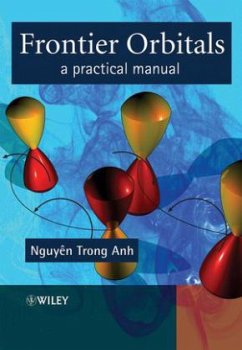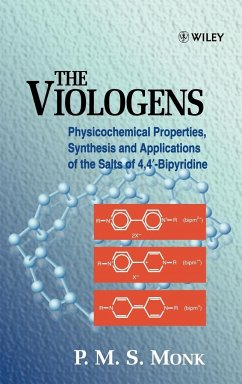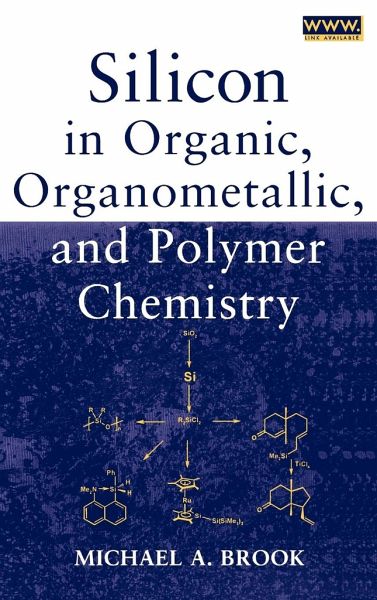
Silicon in Organic, Organometallic, and Polymer Chemistry
Versandkostenfrei!
Versandfertig in über 4 Wochen
274,99 €
inkl. MwSt.

PAYBACK Punkte
137 °P sammeln!
Dieses Werk führt allgemein in die Siliciumchemie und Organosiliciumchemie ein: Nomenklatur, Eigenschaften von Atomen und Molekülen sowie Synthesewege, die von verschiedensten Ausgangsstoffen ausgehen, sind die Schwerpunkte. Siliciumorganische Verbindungen gewinnen gegenwärtig als Ausgangsmaterialien zur Herstellung hochreinen Siliciums, etwa für die Halbleiterindustrie, an Bedeutung. (09/99)





